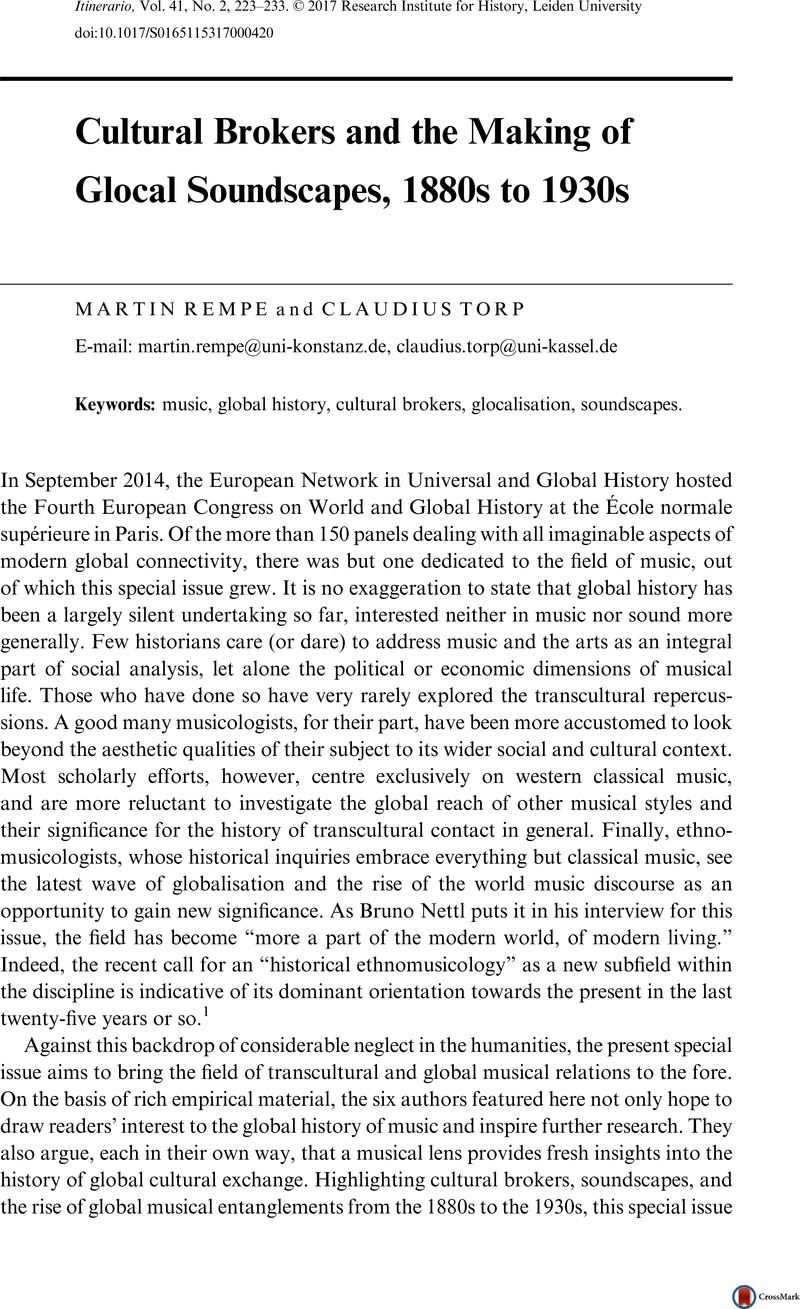Crossref Citations
This article has been cited by the following publications. This list is generated based on data provided by Crossref.
Suwignyo, Agus
2022.
School Teachers and Soft Decolonisation in Dutch–Indonesian Relations, 1945–1949.
Itinerario,
Vol. 46,
Issue. 1,
p.
150.
Mehl, Margaret
2024.
Music and the Making of Modern Japan.



